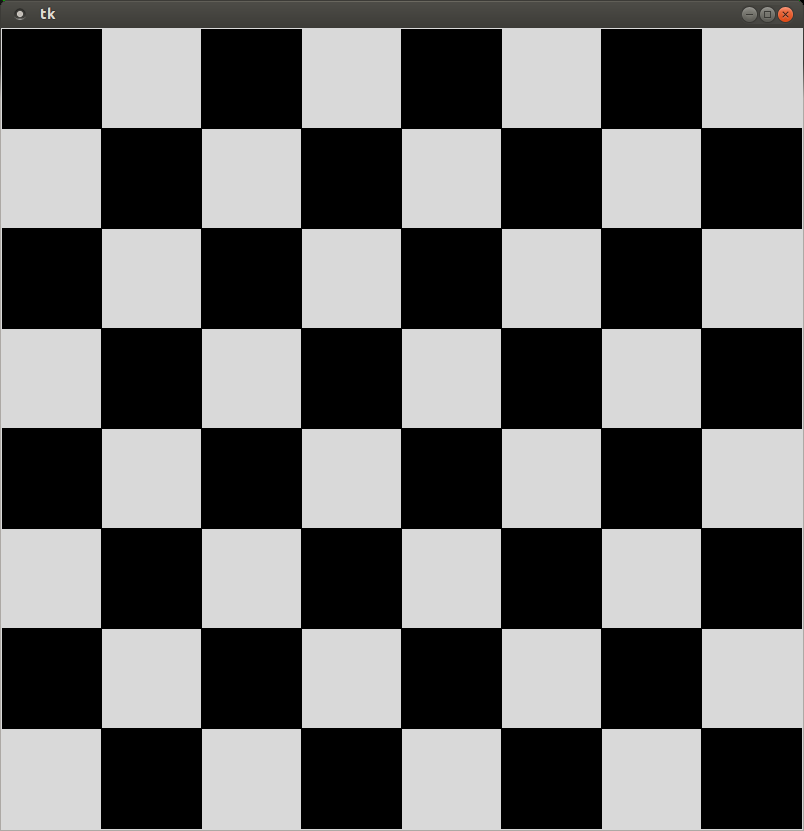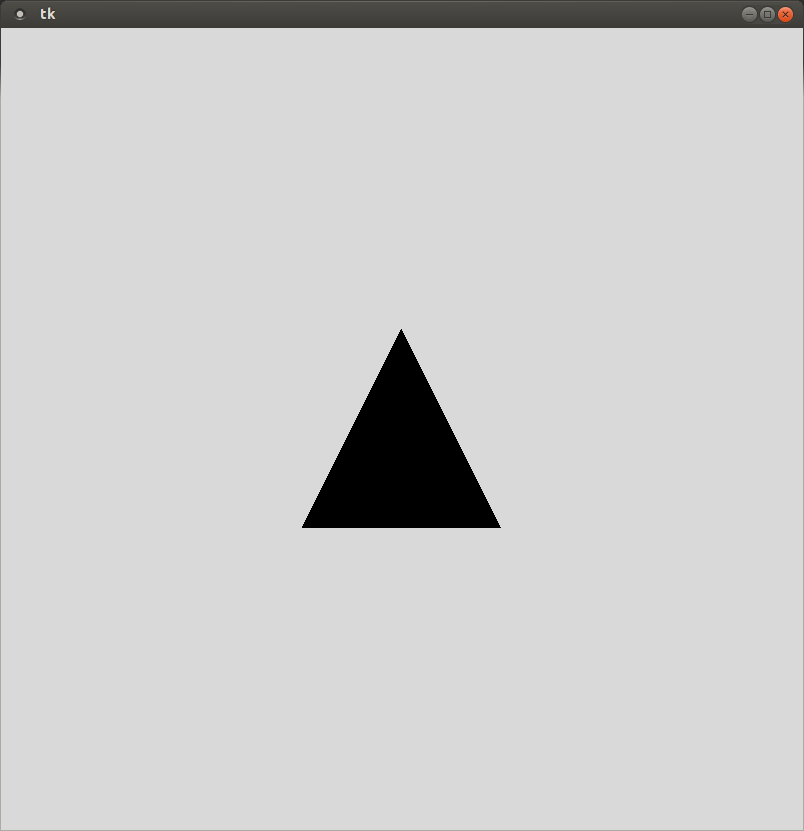- Location
- Trexler 363
- Times
- 3:30- 5:30
- Office Hours
- M-Th 6 - 7 pm
- Office
- Trexler 365B
- chssmith AT roanoke DOT edu
Test 1
If you do not currently have a directory for tests, create one in your cs170 directory, and also create a directory for test1
$ mkdir ~/cs170/tests $ mkdir ~/cs170/tests/test1 $ cd ~/cs170/test/test1
This portion of the test is worth 50 total points. You may only access the Python documentation website and the tkinter documentation website. NO OTHER WEBSITES ARE PERMITTED. As usual, you are not allowed to directly copy any code from the Internet or another individual. You should also follow all coding standards discussed thus far.
Question 8
In a file called question_8.py, create a program that creates a 400 × 400 window, and fills it with a target seen below. This target is centered in the window, and each circle is 75 pixels smaller than the enclosing circle.

(10 points)
Question 9
In a file called question_9.py, create a program that will read in a text file representing a two-dimensional list. Your program should return True if all of the rows of the 2-dimensional list sum to the same value.
test1.txt: 1 2 3 4 5 6 7 8 9 test2.txt 1 2 3 4 0 2 6 0 0 $ python3 question_9.py #using test1.txt False $ python3 question_9.py #using test2.txt True $
(10 points)
Question 10
In a file called questions_10_11.py,
create a class called Simulator. This class should
have attributes PC, R1, and
R2. All three attributes should be integers, and
should be defaulted to the value 0.
This class should have methods called add and
sub, which performs the specified operations on R1 and
R2 (in that order, so R1 - R2), and stores the result in attribute
R1. Each operation should increment the PC attribute by 1.
You should also provide methods called set_R1 and
set_R2, which allow the values of R1 and R2 to be set,
respectively.
>>> my_sim = Simulator() >>> my_sim.set_R1(3) >>> my_sim.set_R2(4) >>> my_sim.add() >>> print(my_sim.R1) 7 >>> my_sim.sub() >>> print(my_sim.R1) 3
(15 points)
Question 11
In the same file as above, create a class called
AdvancedSimulator, which inherits
your above definition of Simulator. This should add
two additional attributes: R3 and R4.
These should also be integers, but their values should be provdied to
the constructor. You
should define appropriate methods for setting these registers as
well. You need to define methods to copy the value from R3 or R4
into R2. These methods should be named following the template
copy_R#_to_R2. You also need to add two additional
methods: mul
and div, which computes the product and quotient
(integer!) of R1 and R2 (respectively), and stores them in the R1 attribute.
>>> my_adv_sim = AdvSimulator(1, 2) >>> my_adv_sim.set_R3(2) >>> my_adv_sim.set_R1(3) >>> my_adv_sim.set_R2(4) >>> my_adv_sim.add() >>> print(my_adv_sim.R1) 7 >>> my_adv_sim.sub() >>> print(my_adv_sim.R1) 3 >>> my_adv_sim.copy_R4_to_R2() >>> print(my_adv_sim.R2) 2 >>> my_adv_sim.mul() >>> print(my_adv_sim.R1) 6 >>> my_adv_sim.div() >>> print(my_adv_sim.R1) 3
(15 points)
Submission
When you have finished, create a tar file of your test1
directory. To create a tar file, execute the following commands:
cd ~/cs170/tests tar czvf test1.tgz test1/
To submit your activity, go to inquire.roanoke.edu. You should
see an available assignment called Test 1.
Make sure you include a header listing the authors of the file.


